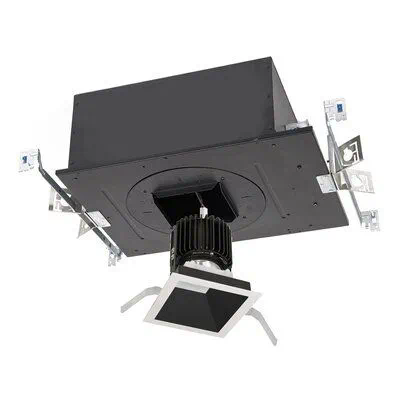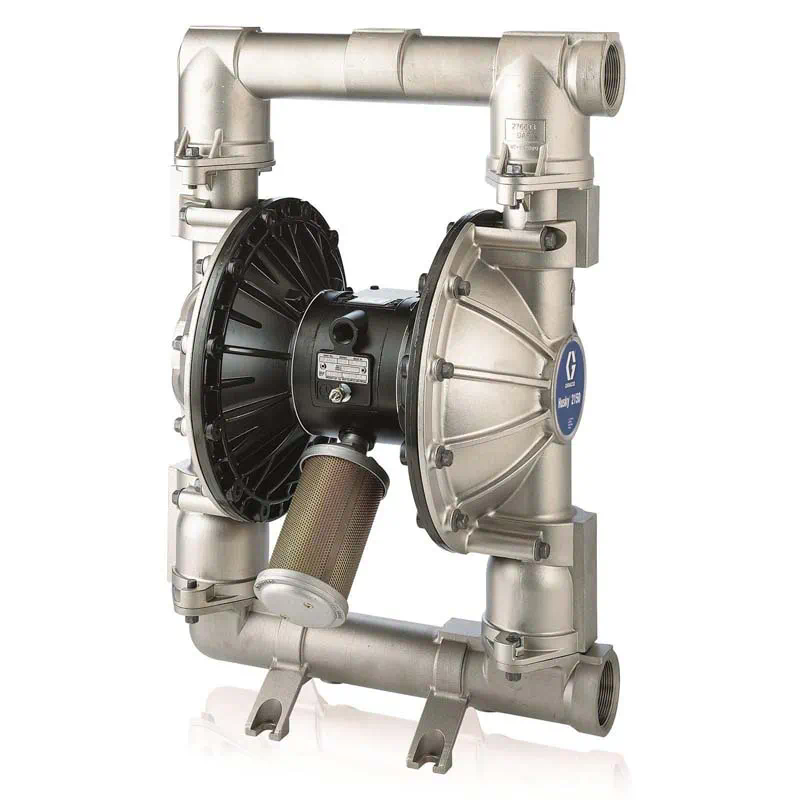Glass lined reactors are crucial in chemical and pharmaceutical industries for their durability and resistance to corrosion. The efficient mixing and dispersing of liquids within these reactors are essential for achieving optimal reaction outcomes and product quality. This article explores in detail the various technologies and techniques employed for liquid mixing and dispersing in glass lined reactors, highlighting their significance, operational principles, and applications.
Introduction to Glass Lined Reactors
Glass lined reactors are widely used in chemical processing due to their unique combination of glass and steel, offering excellent resistance to corrosion from acids, alkalis, and other aggressive substances. They consist of a steel shell lined with a layer of vitreous enamel (glass), which provides a non-reactive surface to the process fluids while maintaining the structural integrity of steel. These reactors are employed in a range of processes including chemical synthesis, pharmaceutical manufacturing, food production, and more.
Importance of Mixing and Dispersing Technology
Efficient mixing and dispersing of liquids play a critical role in the performance and efficiency of glass lined reactors. Proper mixing ensures uniform distribution of reactants, enhances heat and mass transfer rates, reduces reaction times, and improves product quality and consistency. Dispersing technology, on the other hand, is essential for achieving homogeneous dispersions of solids in liquids or immiscible liquids in continuous phases. The selection of mixing and dispersing techniques depends on factors such as the nature of the process fluids, desired product characteristics, reactor design, and operational conditions.
Mixing Technologies for Glass Lined Reactors
1. Mechanical Agitation
Mechanical agitation remains one of the most common methods for mixing liquids in glass lined reactors. It involves the use of impellers or propellers mounted on a shaft, which rotates to create turbulence and promote fluid movement within the reactor. The design and configuration of impellers (e.g., axial flow, radial flow, pitched blade) can significantly influence mixing efficiency and shear rates. Mechanical agitators are versatile and suitable glass lined reactor india for a wide range of viscosities and process conditions.
2. Jet Mixing
Jet mixing utilizes high-velocity jets of the process fluid to induce turbulence and promote mixing within the reactor. This technique is particularly effective for blending liquids of different densities or viscosities and for achieving rapid dispersion of gases or solids into the liquid phase. Jet mixers are often used in combination with mechanical agitators to enhance mixing performance in glass lined reactors.
3. Ultrasonic Mixing
Ultrasonic mixing employs high-frequency sound waves (ultrasound) to agitate liquids and promote mixing at a molecular level. This technology is useful for achieving fine emulsions, dispersing nanoparticles, and enhancing chemical reactions that require precise control over mixing intensity and uniformity. Ultrasonic mixers are suitable for sensitive processes where shear-sensitive materials or precise mixing control is crucial.
Dispersing Technologies for Glass Lined Reactors
1. High Shear Mixing
High shear mixing involves the use of high-speed rotors or impellers to generate intense shear forces within the liquid. This technique is effective for dispersing powders, creating stable emulsions, and achieving uniform particle size reduction. High shear mixers are capable of processing high-viscosity fluids and are widely used in pharmaceutical and cosmetic industries for producing stable suspensions and emulsions.
2. Homogenization
Homogenization is a process that involves forcing liquids under high pressure through a narrow orifice or valve. This disrupts larger particles or droplets, resulting in a uniform dispersion of smaller particles or droplets throughout the liquid. Homogenizers are commonly used in dairy processing, food production, and pharmaceutical industries to improve product consistency, stability, and texture.
3. Colloid Milling
Colloid milling utilizes a rotor-stator assembly to create intense shear forces and achieve fine particle size reduction or emulsification. This technology is suitable for processing suspensions, gels, and pastes in pharmaceutical, chemical, and food industries. Colloid mills are capable of producing stable emulsions with narrow particle size distributions and are often glass lined stainless steel reactor used for producing creams, ointments, and other cosmetic products.
Operational Considerations and Best Practices
Achieving optimal mixing and dispersing performance in glass lined reactors requires careful consideration of several factors:
– Viscosity and Rheology: Understanding the viscosity and rheological behavior of process fluids is crucial for selecting appropriate mixing technologies and optimizing operational parameters.
– Process Parameters: Parameters such as temperature, pressure, residence time, and shear rates significantly impact mixing efficiency and product quality. Monitoring and controlling these parameters are essential for process optimization.
– Reactor Design: The design of glass lined reactors, including dimensions, agitator configurations, baffles, and heat transfer surfaces, plays a critical role in determining mixing efficiency and process performance.
– Maintenance and Cleaning: Regular maintenance and cleaning of mixing equipment and reactor internals are essential for preventing contamination, ensuring product quality, and prolonging equipment lifespan.
Applications of Liquid Mixing and Dispersing Technology
Liquid mixing and dispersing technologies find diverse applications across various industries:
– Chemical Processing: Used for blending reactants, producing chemical intermediates, and synthesizing specialty chemicals.
– Pharmaceutical Manufacturing: Essential for formulating pharmaceutical products, emulsifying active ingredients, and achieving uniform drug distribution.
– Food and Beverage Production: Employed in the production of beverages, sauces, dressings, and dairy products to ensure uniformity, stability, and texture.
– Cosmetics and Personal Care: Utilized for manufacturing creams, lotions, shampoos, and other cosmetic formulations requiring stable emulsions and dispersions.
Future Trends and Innovations
The field of liquid mixing and dispersing technology for glass lined reactors continues to evolve with advancements in materials science, process automation, and computational modeling. Future trends may include:
– Smart Mixing Systems: Integration of sensors, IoT devices, and data analytics for real-time monitoring and optimization of mixing processes.
– Nanotechnology: Development of nano-scale mixing technologies for precise control over particle size, surface area, and material properties.

– Green Technologies: Adoption of sustainable mixing techniques, such as ultrasonic and microwave-assisted mixing, to reduce energy consumption and environmental impact.
Conclusion

Liquid mixing and dispersing technology are integral to the efficient operation and performance of glass lined reactors in various industrial applications. By understanding the principles, technologies, and operational considerations discussed in this article, engineers and researchers can enhance process efficiency, product quality, and innovation in chemical processing, pharmaceutical manufacturing, food production, and beyond. As industries continue to demand higher performance and sustainability, ongoing research and development in mixing and dispersing technologies will play a crucial role in meeting these evolving challenges.
https://iflatiron.com/




